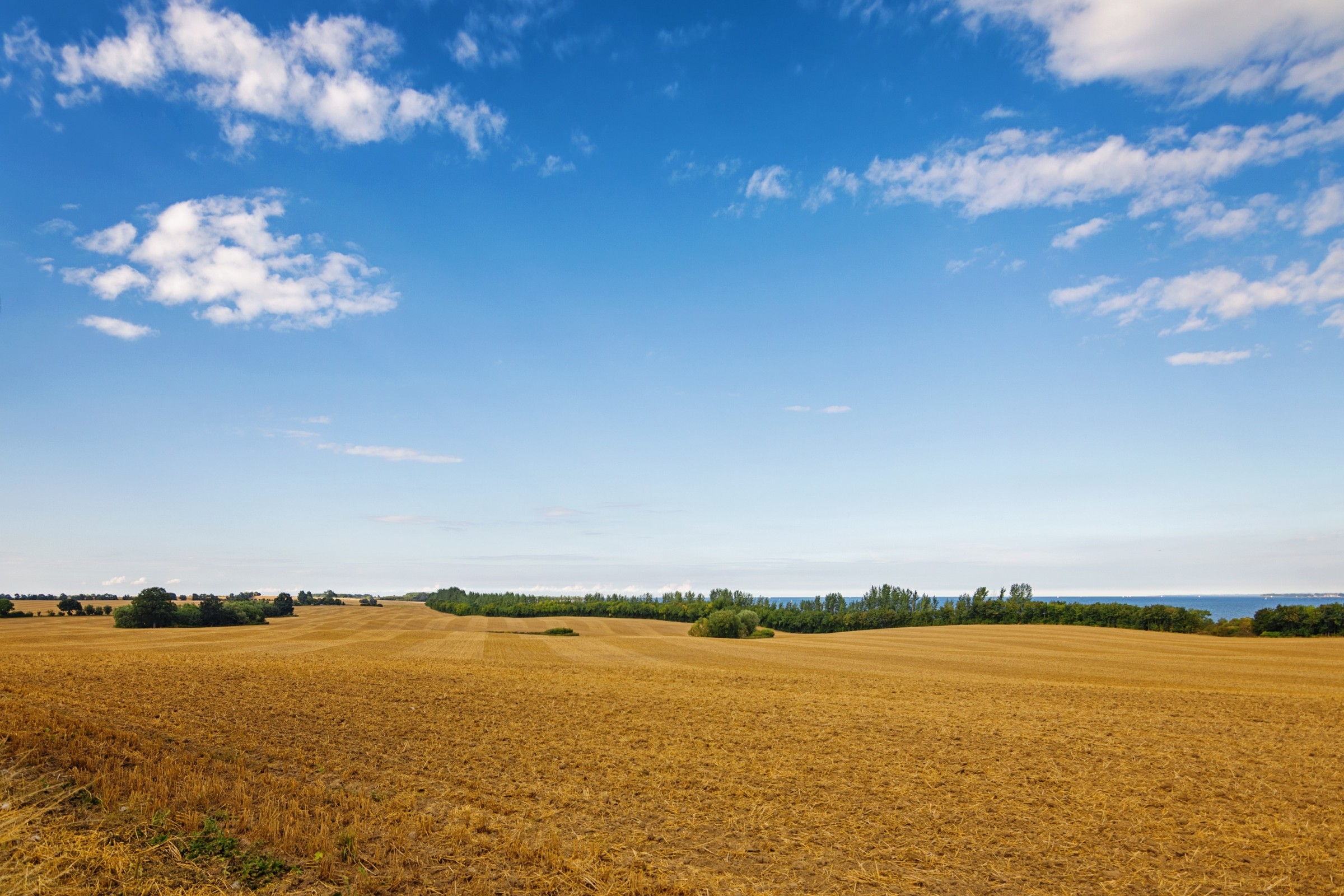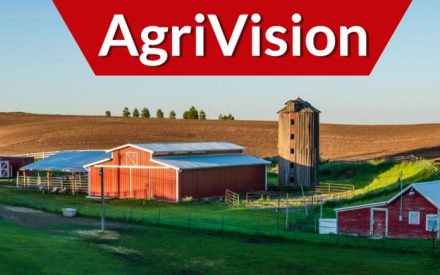https://soundcloud.com/agrivision-extension/agrivision-episode-14-options-for-more-forage
Host Katie Wantoch and Kevin Jarek, Extension Crops, Soils, and Horticulture Agent in Outagamie County, discuss options to help boost a farmer’s forage inventory for this year.
View Transcript
Katie Wantoch
This is UW Extension’s Farm Management AgriVision Podcast. I am Katie Wantoch, Agriculture Agent with UW-Madison Division of Extension. I will be chatting with fellow Extension educators as we answer questions from farmers and share our knowledge and expertise on how you can improve your farm management skills. Today I am joined by Kevin Jarek, who is a crops and soils educator from Outagamie County and welcome Kevin.
Kevin Jarek
Thank you for having me, Katie.
Katie Wantoch
So Kevin, today’s question is this farmer and his wife milk 125 cows, farm 225 acres in your area, northeastern Wisconsin. They are grateful that they were able to get their corn planted this year by Mother’s Day and it’s up and looking good, but their alfalfa is hit and miss. They have a couple fields that look great and the 40 acre field that they plowed under after taking off what little first crop there was. He, this farmer, comments he planted that to corn for silage. So his question today is what are some of their options to help boost their forage inventory for this year, but looking forward into next year, 2021.
So if we look at this year we’re already approaching fall and when we have harvested that corn silage off, we do have some options. We can certainly look at winter rye, winter wheat, winter triticale as items that could be planted during the month of September that would overwinter and then in the spring, in May, those would be harvested. Because we’re already into September, planting fall oats, a cereal grain, for harvest in October. We don’t have enough growing degree days to ensure that they would get the type of yield or return that they would –like from that, as we record this today,
Katie Wantoch
What do you have and suggest to them for next spring to look at improving their alfalfa.
Kevin Jarek
So certainly if we were able to rewind and start at the beginning here, the first thing we want to always do is make sure that we’re maximizing our corn silage yields and by bringing that up, we have a measurement milk per ton, which if we put a ton of feed in front of a cow and she consumes that how much milk is she going to produce? And we also have milk per acre, which is simply that milk per ton multiplied by how many tons of dry matter we harvested from that. The backbone of forages for farms in Wisconsin are corn silage and alfalfa. So, you want to make sure that you’re selecting corn silage hybrids that maximize the growing degree days that you have available in your area but at the same time, don’t exceed them to a level where we’re chopping silage in October or November which unfortunately some farmers remember us doing not too long ago. With alfalfa, certainly we’ve had a rough go of it here. A lot of farms, especially here in Northeast Wisconsin who had grown that alfalfa normally did okay, even though it wasn’t their highest, or most productive grown, usually came through for them. That didn’t happen here the last couple of years. So when we look at options that those farmers have, in the spring of the year, we certainly can take a look at small grains. Planting them in the spring, again, oats, triticale, barley, those are going to be higher in quality, but they’re going to be lower yielding than some of our other choices, which would include sorghums, sorghum-sudan mixes, we’ve had people plant milo and soybeans, we have a number of mixes that could be planted in the spring of the year. The other option would have been depending on how good that alfalfa stand was. It got tipped over, you could have interseeded into that existing stand. We have had people use small grains for that as well as some of these cocktail mixes that are now newly developed. An example of a cocktail mix would be oats, peas, forage radish, Italian ryegrass, and a red clover mix. And so those things can be harvested and managed in a way that quality has improved enough that they could feed a dairy ration.
Katie Wantoch
There’s some good suggestions in there. Do you have any resources or maybe a website that people can go to to learn more about these maybe alternative forage crops Kevin?
Kevin Jarek
We do, as far as the University of Wisconsin-Madison Division of Extension, we do have team forage website, and we do have alternative forage crops publications. We also have information about emergency crops and detailed information about crops like rye. What I would point out is that when we make a choice for planting a winter crop, we have to remember that in the spring of the year, the goal is to get that off and then either plant silage, corn silage or to plant that field into alfalfa. And what can happen sometimes is that, 2013 was an example of a year up here where farmers simply couldn’t get that rye off of the field because it was so wet and that delayed corn silage planting which cost farmers on the backside. So that’s why I kind of started with let’s make sure we’re maximizing our corn silage and alfalfa as far as milk per ton and milk per acre first, then we look at these alternatives as a second choice.
Katie Wantoch
That sounds good. And again that website is fyi.extension.edu/forage for more information from Team forage and alternative crops as they look at harvesting, especially here as we’re recording this in September. I am Katie Wantoch and thanks to Kevin Jarek. For more Extension AgriVision podcasts or resources to improve your farm management skills, check out farms.extension.wisc.edu. Thanks for listening.
Related Resources
Information in this article was originally published as part of the Agrivision column in Wisconsin Agriculturist .
UW-Madison Extension resources


 AgriVision Episode 13 - Many farmers struggling to stay current on bills
AgriVision Episode 13 - Many farmers struggling to stay current on bills


